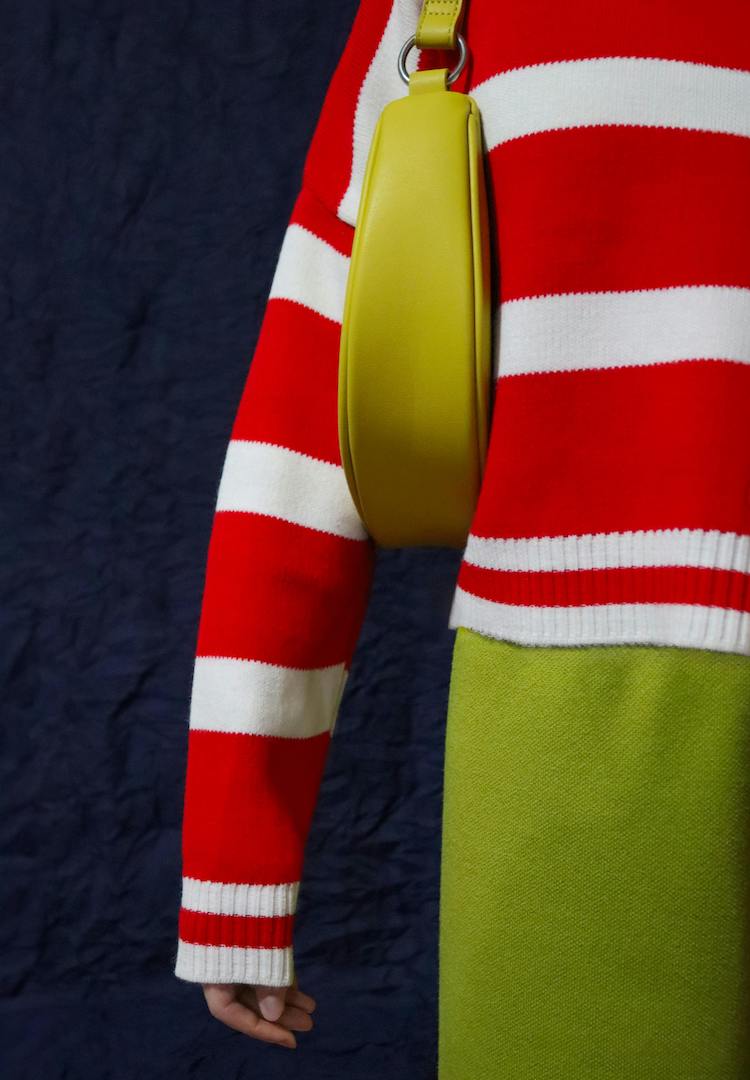What it’s really like living with both endometriosis and POTS
WORDS BY Maddison Farmer
Although I have no idea how to fix the system, I am living proof that it needs to be fixed.
There’s a running joke in my family that my life post-puberty has funded the local hospital. I question whether it’s a joke or just reality. Would those white walls have the fancy flatscreen televisions without my financial contributions, or would there still be just a small box-shaped unit?
This is the reality of chronic illnesses. I have seen those walls more than the average 23-year-old and I still feel shame in admitting that I may continue to find myself staring at them, searching for answers.
For more content like this, browse through our Life section.
At 10 years old I was plunged into a new world of womanhood when my period arrived. At 13 I woke up in a type of pain I had never known – the only thing I could compare it to was women giving birth in the movies. Weeks later I heard the word endometriosis for the first time, and my whole world changed.
Eight cysts, nine different pill brands, and three laparoscopies later, I still find myself experiencing an aching cramp most days. But it hasn’t been the daily cramping that has affected my life the most. Instead, learning to rediscover my ‘normal’ with a complete lack of guidance has been the hardest part.
Just when I felt I had gotten my health to a stable point in my early twenties, at the end of 2021 I had multiple seizures and blacked out. Waking up in the ICU the next morning is, to this day, one of the scariest experiences I have ever endured.
I didn’t understand; I was finally feeling healthy, I had never had these so-called seizures before and all I wanted to do was go home. Now a new word was introduced: postural tachycardia syndrome (POTS), a disorder some may consider ‘being allergic to gravity’. It’s also often identified as causing a certain type of seizure, namely non-epileptic psychogenic seizures.
Finding myself alone in that room for days, I pondered the changing emotions I was experiencing. It was a cluster of shame, confusion and fear. I was silent for the majority of the month post-diagnosis, engulfed in a state of sadness.
After my introduction to the neurologist, there was a discussion about what moving forward in this situation would look like. I had been there before and felt a sense of unwelcome familiarity when I heard the words, “There is no cure, just adjustments”.
I’ve been quite a rare case in that I actually received diagnoses. With endometriosis, a diagnosis for the majority of women can take up to seven to 10 years. I didn’t have a slow onset of symptoms – instead I fell into the diagnosis with a bang. This leads to quite prominent symptoms, resulting in a quick diagnosis.
I suppose I have been fortunate with the healthcare I’ve been provided and the access I’ve had to great doctors. But the struggle has always been the next step. Now that I have this new word to carry around, what does it actually mean?
For endometriosis, I had to quickly come to terms with the fact that pain would be my new normal. You’re meant to take the pain medication right before your period to avoid the worst of it, which anyone with endometriosis would know is near impossible as the disease can cause irregular periods.
However, the best I could be offered with POTS, after realising I could no longer go for a walk without feeling faint, was to sit down and chug water. Australians are known to be lucky when it comes to our healthcare system.
We have Medicare and a much better health system than countries like America, and I was lucky enough to receive private healthcare, too. However, even the private health system is flawed when it comes to those who need long-term care.
In a post-pandemic world, Australians, even with private healthcare, can be left waiting upwards of four months to see a specialist. Those needing more urgent care can receive a push from a doctor, but you can still be left waiting for up to two months.
Too many times I’ve been provided with a tentative answer yet no next steps. As someone who works full time, is in chronic pain and is left unable to do everyday things without discomfort, it can feel lonely and leave you with the feeling that you’re not being listened to. With my healthcare expenses now sitting at over $100,000, I’m confused as to why I still haven’t received the care I need.
There’s a lot of negativity that you experience when you have a chronic illness and at points, you feel totally defeated. However, through the struggle, I’ve continued to find glimmers of hope. I tell those who are going through it as well to have their own back. Fight for what you need and the resources you’re after. You know your body best.
To learn more about POTS, head here.










